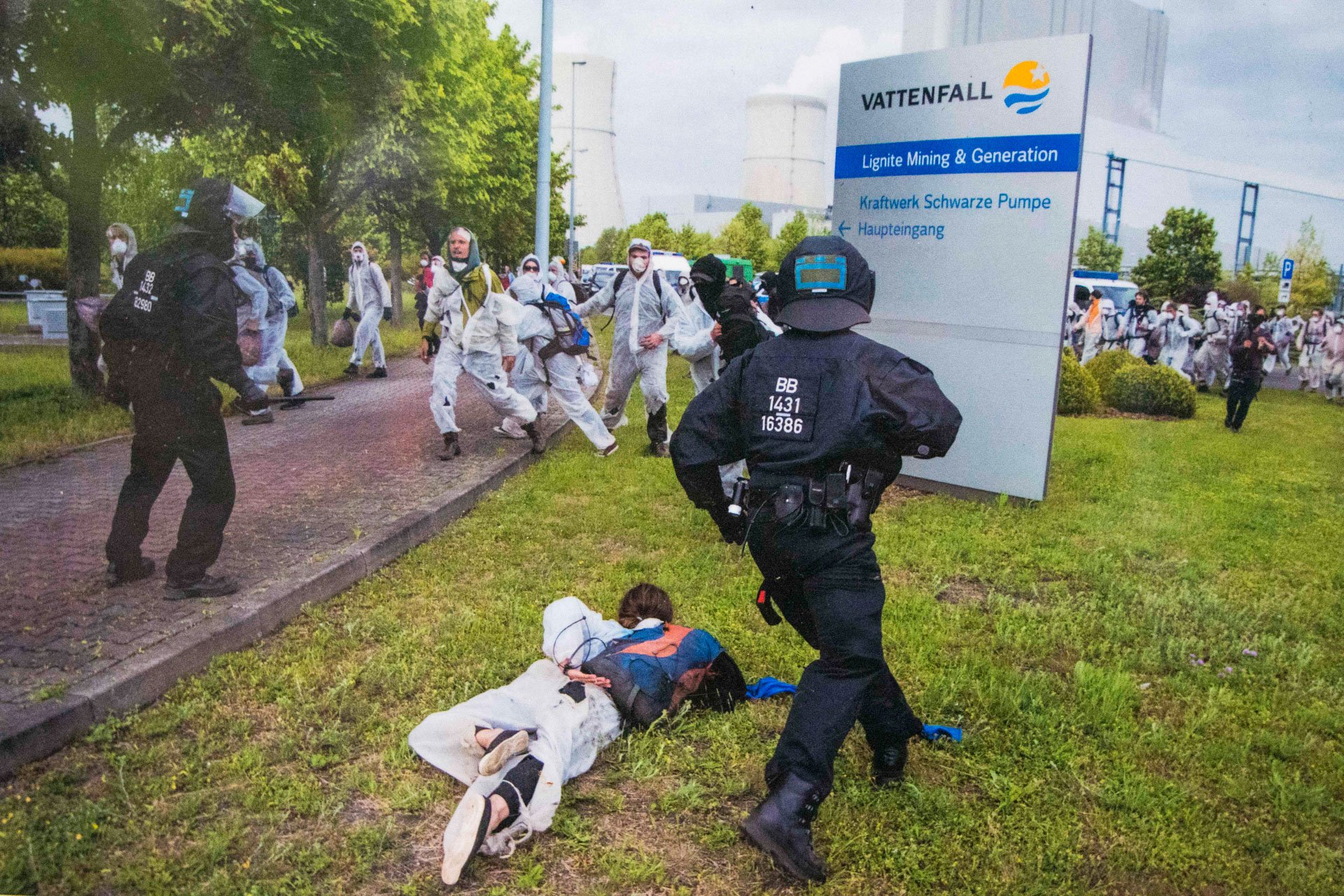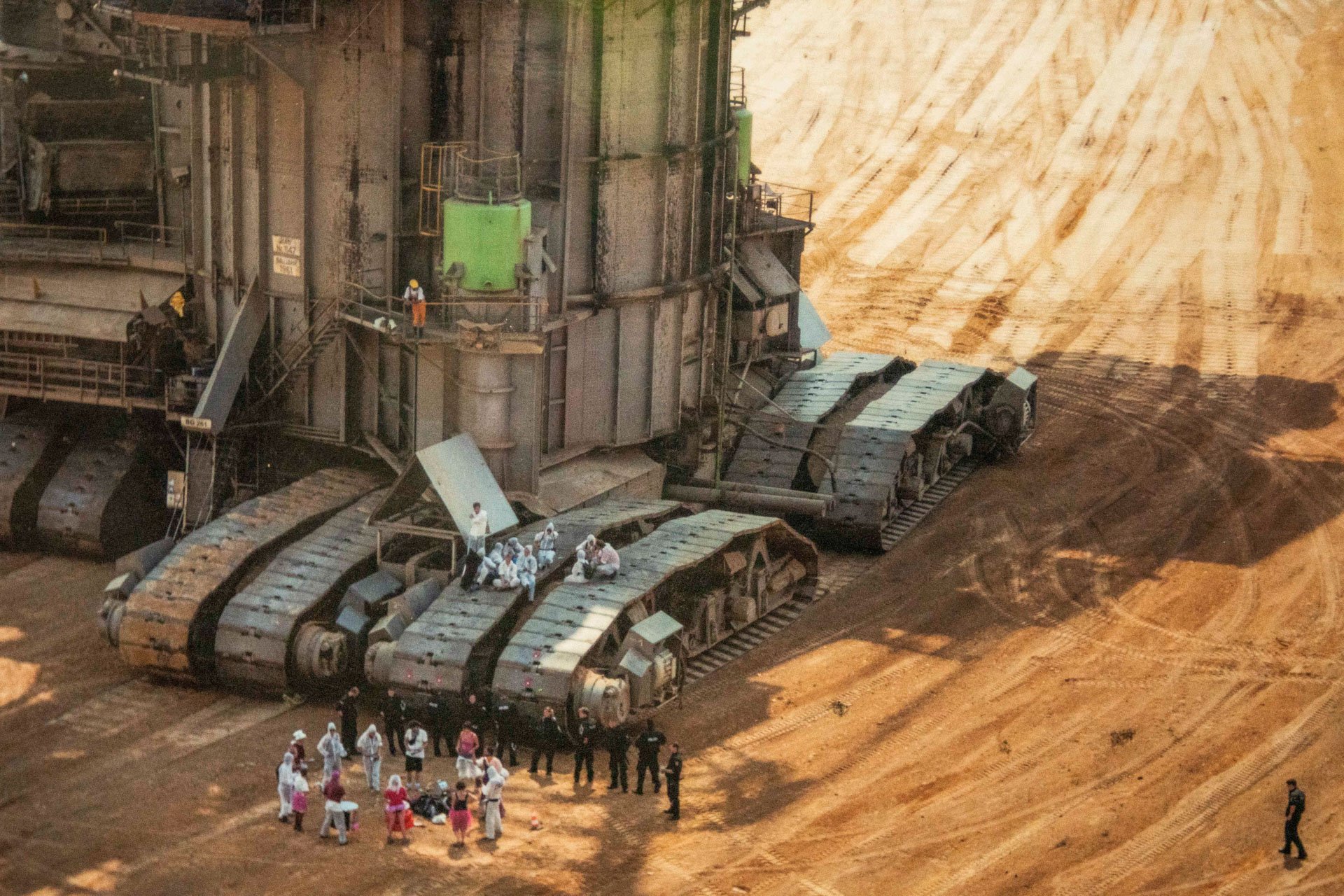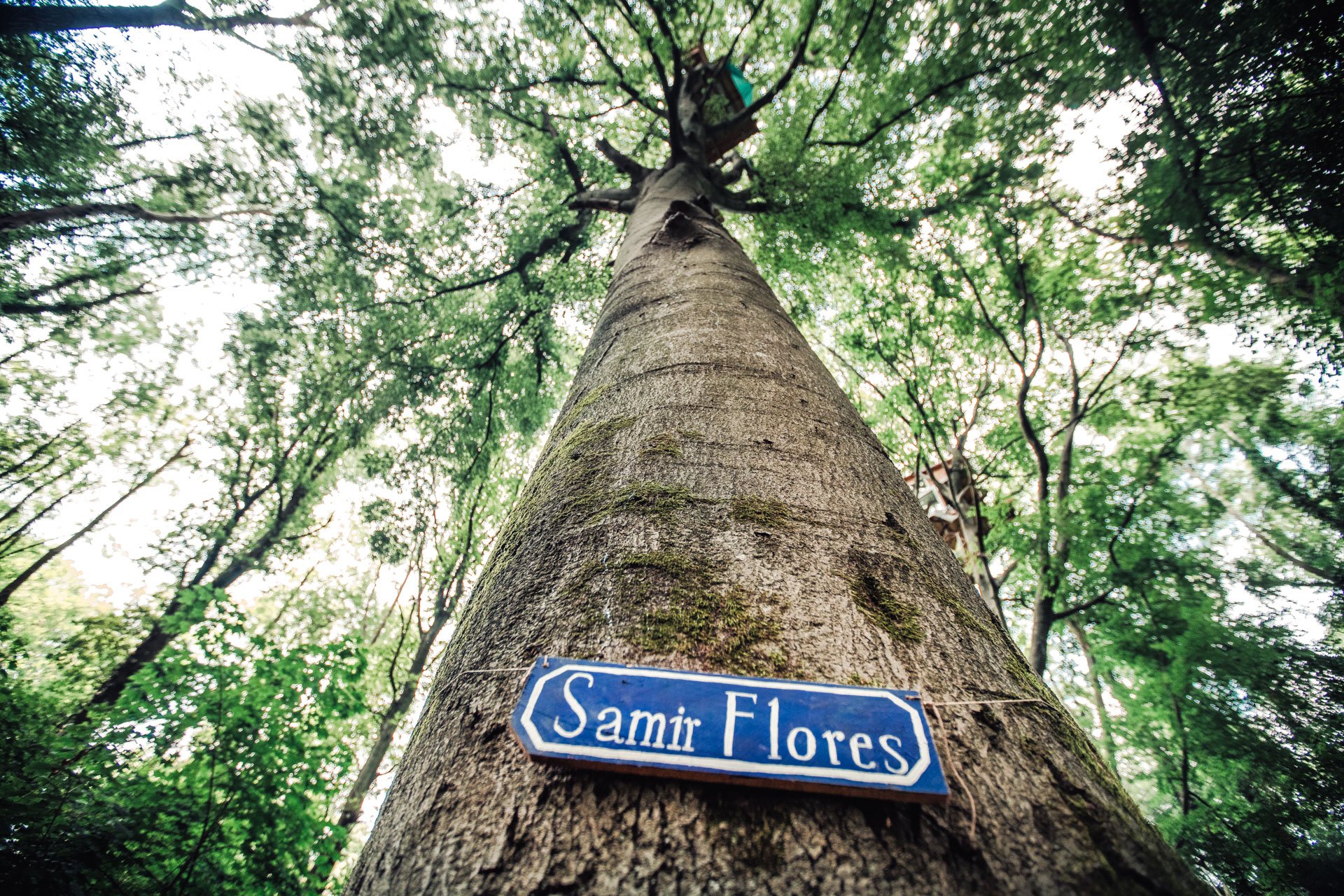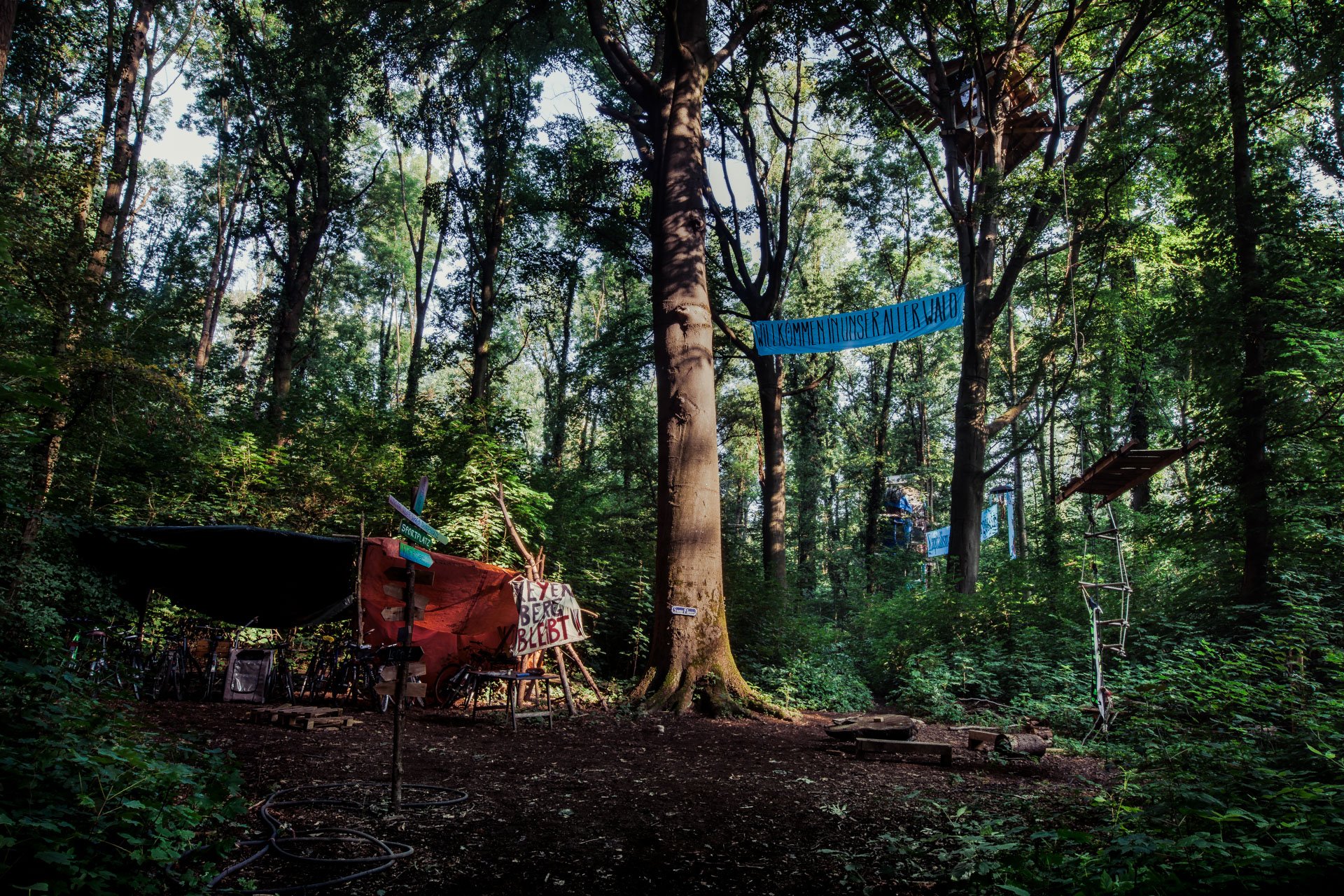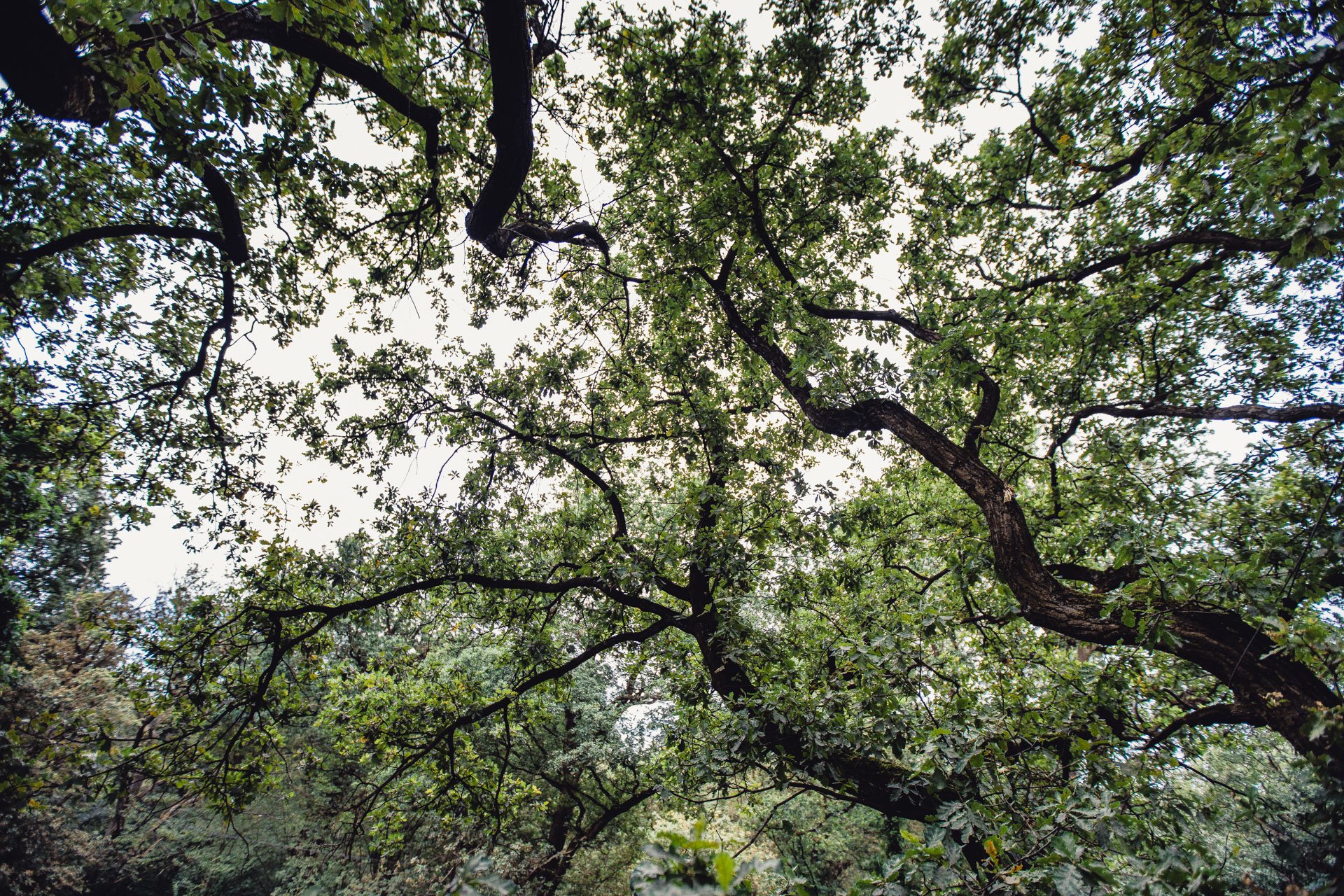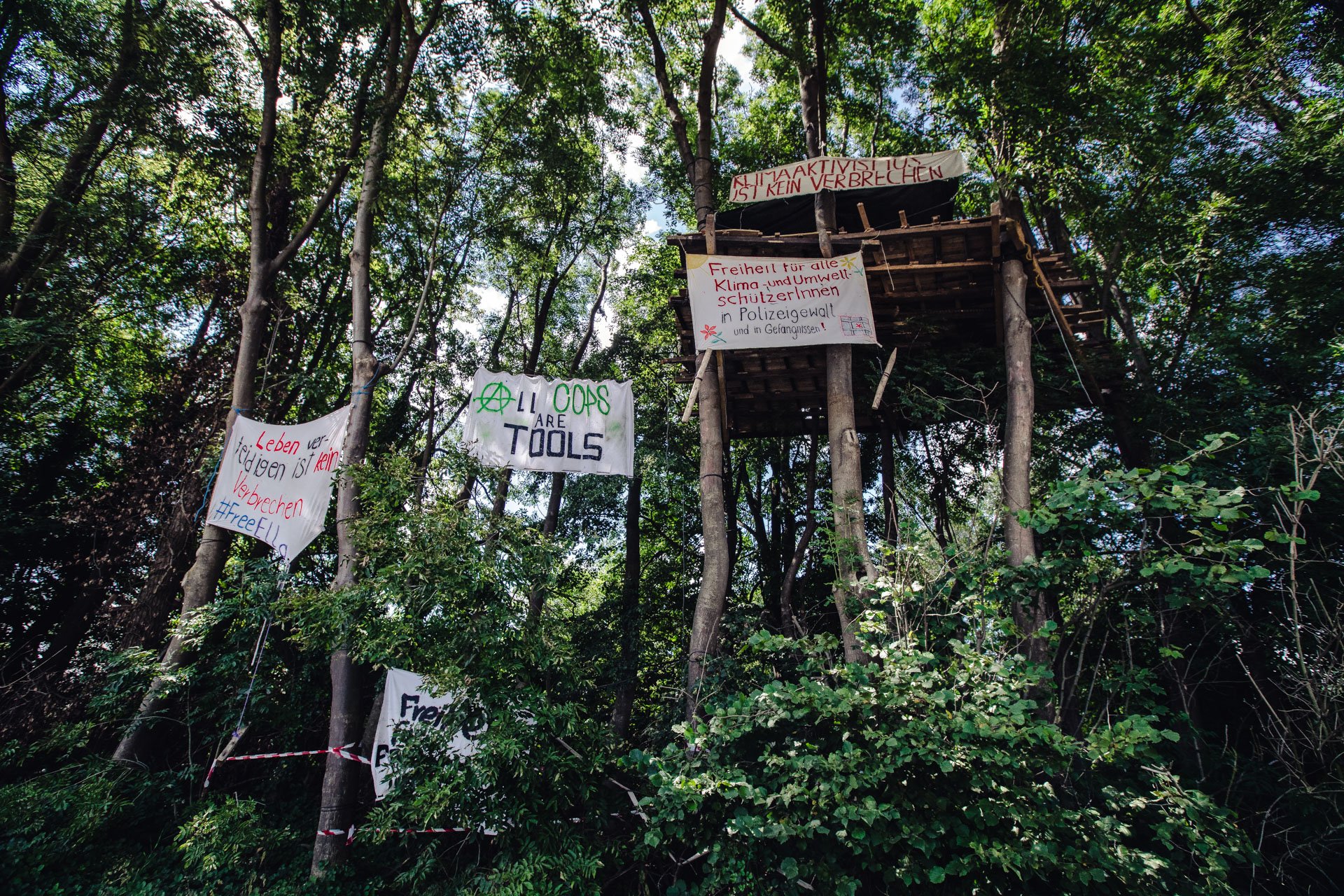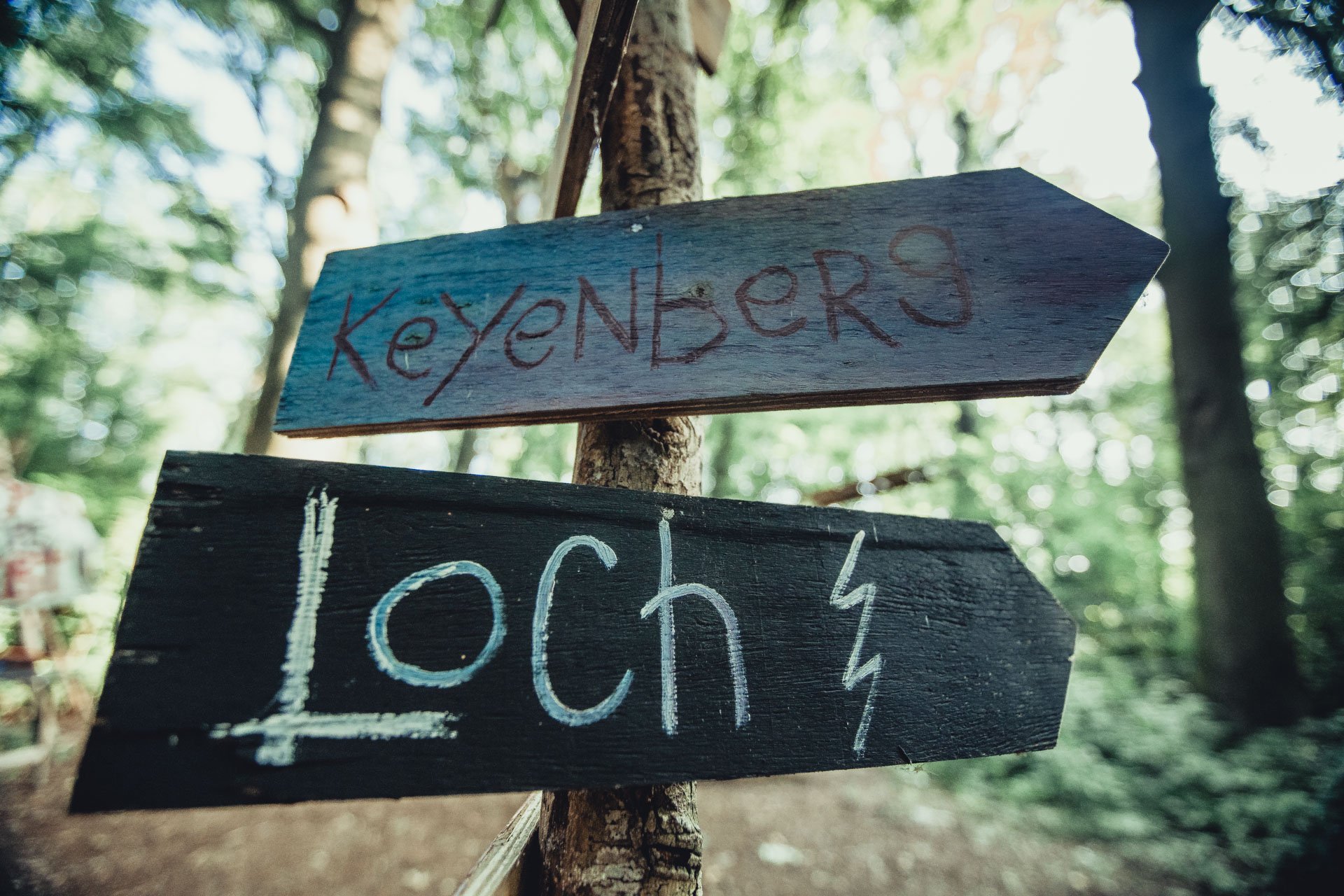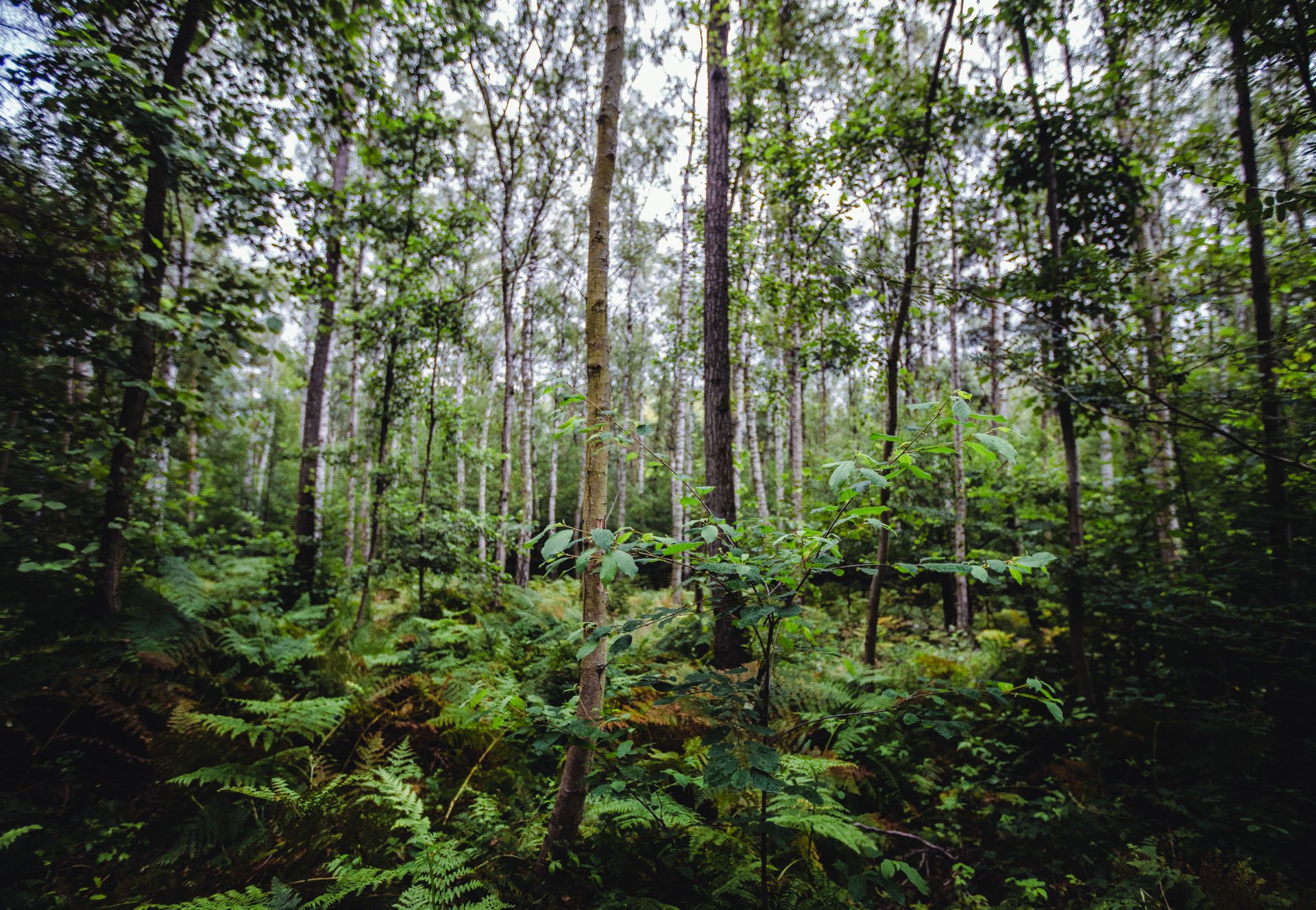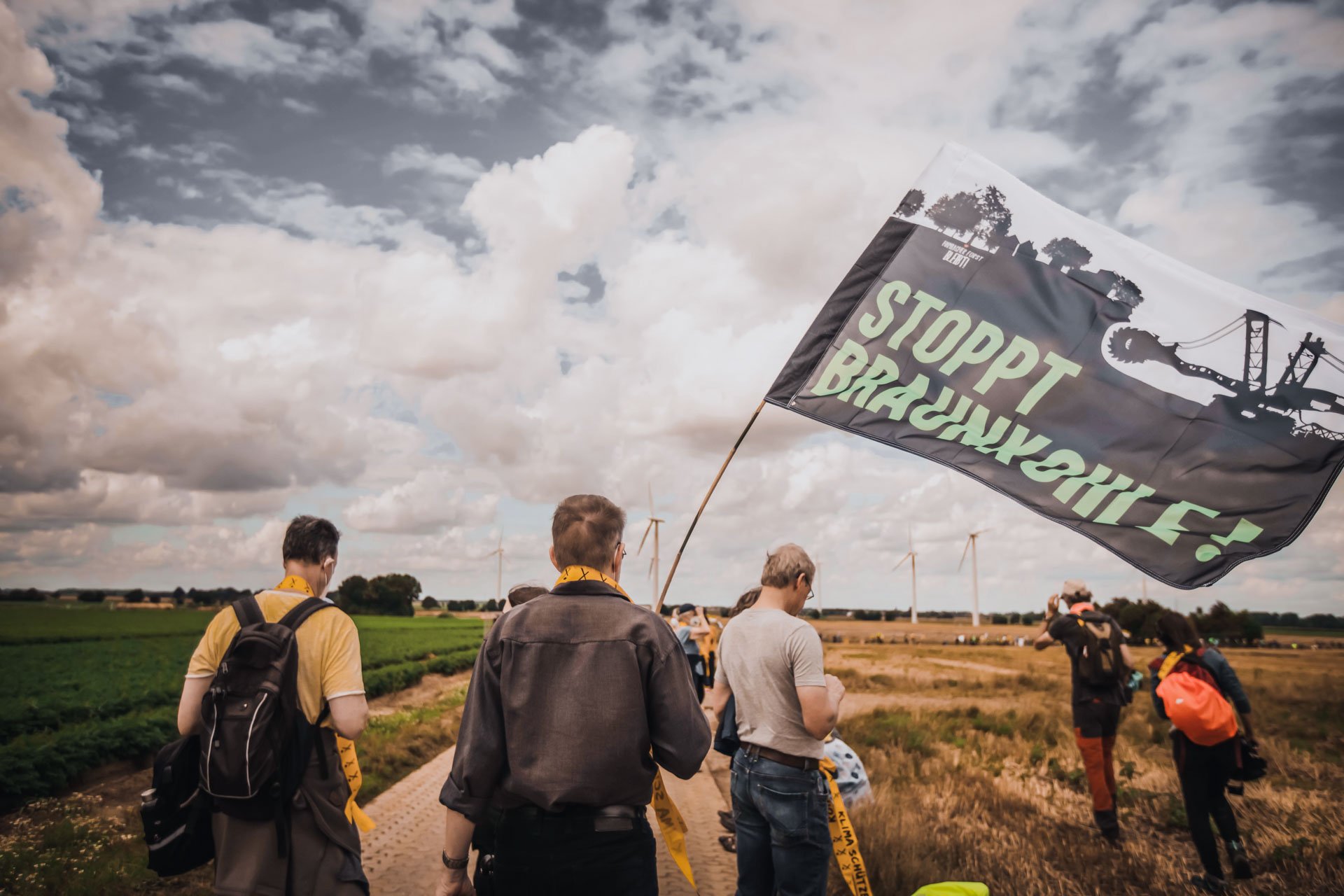Efímero-Perpetuo
November, 2021 | Written by Nicolás Rulfo & Mar León
On January 30, 2020, the COVID-19 pandemic was declared by the WHO as a public health emergency of international concern. After months of mandatory confinement, technology became the fundamental tool for all generations worldwide. The new life in quarantine led us to embrace the digital world to make our habits possible. Thus, we became completely dependent on electricity.
Since the industrial revolution, society has unconsciously been part of the largest chain of pollution in the world: the burning of fossil fuels. It is a business to which we contribute automatically without questioning its flaws in the absence of alternatives. Given the demand, to make energy production possible, the mining industry continues to expand to extract minerals such as lignite coal. In the desperate search for these fuels, forests located on fertile lands and rural communities are destroyed, banishing the population with the government subsidy. One of them is the Hambach Forest in Germany. However, despite police repression, activists from around the world have come together to preserve this ecosystem from overexploitation.
Below: Images by an unknown photographer, portraying one of the most important protests by environmental activists against mining company RWE in Germany, 2016.
"All Companies in a capitalist society produce for profit" -Tuk (activist)
Tuk is part of one of the activist groups that inhabit the forest through a community lifestyle that’s alternative to consumerism and capitalism. Out of the need to protect themselves from the police, they live in tree houses nestled between branches. This is a precautionary measure given that the territory they aim to protect is owned by the industry that threatens it. Now, the remaining 10% of that forest exists thanks to their resistance, being protected, literally, with their lives.
Below: Images by Nicolás Rulfo presenting what’s remaining of Unser Aller Wald Forest during a visit to Germany, August 2021.
The Hambach Forest is threatened by a 10,000 ha2 open-pit brown coal loch (mine), considered the largest in Europe.
Hambi” is located on one of the largest coal deposits in Europe. Since mining began in 1978, trees have been gradually uprooted to allow excavators to access the fortunes found in the subsoil: millions of tons of coal. Therefore, the industry running in this part of Germany provides a way of life for thousands of people. (Mansel, 2019) Germany is the largest source of lignite in the world, followed by China and Turkey. In 2016, the EU was responsible for 37.5% of world production. Its extraction does not only cause land desertification, but also soil erosion and air pollution. Not to mention, air contamination due to lignite extraction is much more detrimental as more has to be burned to produce the same amount of energy.
Eckhart, the last remaining habitant of Lützerath, August 2021.
The eviction of homes and land is one of the first objectives to proceed with the excavation. The locals who agreed with the displacement, left their villages accepting the monetary offer. Those who decided to stay in their homes refuse to sell their land.
Despite efforts, they might end up being kicked out by force. The RWE Company with no intention of stopping its extraction of the mineral, and with legal permission to continue mining until 2038, views this opportunity as a step towards progress. But what will the future look like if "progress" is dependent on polluting energies?
What appears to be the solution has an ecocidal strategy behind it.
Germany is called into question as an environmental leader by observing its failure to comply with the Paris Agreement.
Due to this, marches have arisen to put a limit on where the agreement had been established. Considering Germany as a leading economy within the environmental movement, what can we expect from third-world nations who direct their resources to the most basic needs of their populations? Why do we continue thinking that the climate crisis is a separate problem, when in fact it is the crib of our existence? What’s most preoccupying is that the extraction plan doesn’t stop there. As an effort to take advantage of every resource available, RWE aims to create an artificial lake by filling up the open pits by the year 2100; Assuming we still have access to water.
“You have to do everything yourself, Not using coal for energy remains manual labor”.
This is one of the many economic strategies that destroy the world's ecosystems to make business, money; their so-called progress, and “green future”. What is destroying our planet is the adoption of a mindset where the ephemeral direct benefit is much more recognized than the perpetual indirect benefit. Producing more than what is needed, combined with the thirst for innovation within popular culture, is the perfect justification for this phenomenon. What would become of us if we produced only what is necessary? What would become of us if it were enough for us to have enough? The consequences of overproduction and overexploitation are condemning future generations to death.
There is an erroneous idea that nature exists only to serve us and to exploit it. However, the only mass-produced product that will benefit us is an education that stands to defend our planet.
This is why we are all part of the change. Thanks to the easy access to wonderful tools that connect us globally, we can be part of this movement. Even you, who might be seeing this through a screen, should wonder what it took to illuminate your house. Just know that you can reduce your energy consumption and you can start doing it now.
Click on the link so you can learn about 21 no-cost ways to save electricity.
Bibliography:
Mansel, T. (2019) La mina de carbón que se llevó por delante un bosque y varios pueblos en Alemania (y todavía quiere más). BBC News Mundo. Visitado el 3 de Noviembre del 2021. URL: https://www.bbc.com/mundo/noticias-48975131


